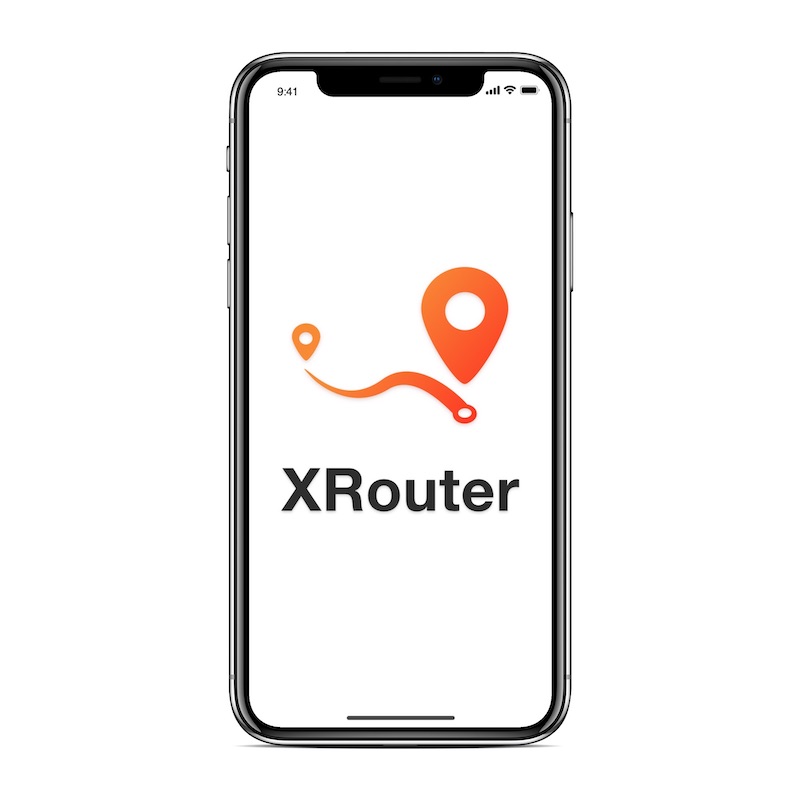A simple routing library for iOS projects.
// Create a router
let router = Router<MyRoutes>()
// Navigate to a route
router.navigate(to: .loginFlow)
// ... or open a route from a URL
router.openURL(url)Define your routes, like so:
enum AppRoute {
case home
case profile(withID: Int)
}- Note: By default, enum properties don't factor into equality checks/comparisons. You can provide your own
implementation of
var name: Stringorstatic func == (_:_:)if you would like to override this.
Implement the protocol stubs:
extension AppRoute: RouteProvider {
/// Configure the transitions
var transition: RouteTransition {
switch self {
case .home:
return .push
case .profile:
return .modal
}
}
/// Prepare the view controller for the route
/// - You can use this to configure entry points into flow coordinators
/// - You can throw errors here to cancel the navigation
func prepareForTransition(from sourceViewController: UIViewController) throws -> UIViewController {
switch self {
case .home:
return HomeCoordinator.shared.navigationController
case .profile(let profileID):
let myProfile = try Profile.load(withID: profileID)
return ProfileViewController(profile: myProfile)
}
}
}XRouter also implements reactive bindings for the RxSwift framework. Bindings exist for the navigate(to:) method, which returns a Completable event, as well as the openURL(_:) method, which returns a Single<Bool> event (indicating whether or not the url was handled).
router.rx.navigate(to: .loginFlow) // -> Completable
router.rx.openURL(url) // -> Single<Bool>You only need to do two things to add URL support to your routes.
First, implement the static method registerURLs in your RouteProvider.
Here is an example with a single host:
extension MyRoute: RouteProvider {
static func registerURLs() -> Router<MyRoute>.URLMatcherGroup? {
return .group("store.example.com") {
$0.map("products") { .allProducts }
$0.map("products/{category}/view") { try .products(category: $0.param("category")) }
$0.map("user/{id}/profile") { try .viewProfile(withID: $0.param("id")) }
$0.map("user/*/logout") { .logout }
}
}
}Here is an example with multiple domains configured:
extension MyRoute: RouteProvider {
static func registerURLs() -> Router<MyRoute>.URLMatcherGroup? {
return .init(matchers: [
.group(["example.com", "store.example.com"]) {
$0.map("products/") { .allProducts }
$0.map("products/{category}/view") { try .products(category: $0.param("category")) }
$0.map("user/{id}/profile") { try .viewProfile(withID: $0.param("id")) }
$0.map("user/*/logout") { .logout }
},
.group("affiliate.website.net.au") {
$0.map("*/referral/") { .openReferralProgram(for: $0.rawURL) }
}
])
}
}Then call the openURL method inside your URL handler. Here is Universal Links for example:
extension AppDelegate {
/// Open Universal Links
func application(_ application: UIApplication,
continue userActivity: NSUserActivity,
restorationHandler: @escaping ([Any]?) -> Void) -> Bool
{
guard userActivity.activityType == NSUserActivityTypeBrowsingWeb,
let url = userActivity.webpageURL,
let handledURL = router.openURL(url) else {
return false // Unrecognized URL
}
return handledURL
}
}It can get messy trying to handle errors in every place you call navigate.
You can set a completion handler for an individual navigation action:
router.navigate(to: .profilePage(id: "12")) { optionalError in
if let error = optionalError {
print("Oh no, there was an unexpected error!")
} else {
print("Success!")
}
}If you handle all navigation errors in the same way, you could provide a wrapper. For example, something like this:
class Router<Route: RouteProvider>: XRouter.Router<Route> {
/// Navigate to a route. Logs errors.
override func navigate(to route: Route, animated: Bool = true, completion: ((Error?) -> Void)? = nil) {
super.navigate(to: route, animated: animated) { optionalError in
self.logErrors(error)
completion?(optionalError)
}
}
/// Open a URL to a route. Logs errors.
@discardableResult
override func openURL(_ url: URL, animated: Bool = true, completion: ((Error?) -> Void)? = nil) -> Bool {
return openURL(url, animated: animated, completion: completion) { optionalError in
self.logErrors(optionalError)
completion?(optionalError)
}
}
/// Completion handler for `navigate(...)`/`openURL(...)`.
private func logErrors(_ error: Error?) {
guard let error = error else { return }
// Log errors here
print("Navigation error: \(error.localizedDescription)")
}
}Here is an example using the popular Hero Transitions library.
Set the customTransitionDelegate for the Router:
router.customTransitionDelegate = self(Optional) Define your custom transitions in an extension so you can refer to them statically
extension RouteTransition {
static var myHeroFade: RouteTransition {
return .custom(identifier: "heroFade")
}
}Implement the delegate method performTransition(...):
extension AppDelegate: RouterCustomTransitionDelegate {
/// Perform a custom transition
func performTransition(to destViewController: UIViewController,
from sourceViewController: UIViewController,
transition: RouteTransition,
animated: Bool,
completion: ((Error?) -> Void)?) {
if transition == .myHeroFade {
sourceViewController.hero.isEnabled = true
destViewController.hero.isEnabled = true
destViewController.hero.modalAnimationType = .fade
// Creates a container nav stack
let containerNavController = UINavigationController()
containerNavController.hero.isEnabled = true
containerNavController.setViewControllers([newViewController], animated: false)
// Present the hero animation
sourceViewController.present(containerNavController, animated: animated) {
completion?(nil)
}
} else {
completion?(nil)
}
}
}And set the transition to .custom in your Routes.swift file:
var transition: RouteTransition {
switch self {
case .myRoute:
return .myHeroFade
}
}Complete documentation is available here.
To run the example project, clone the repo, and run it in Xcode 10.
XRouter is available through CocoaPods. To install it, simply add the following line to your Podfile:
pod 'XRouter'Reece Como, reece@hubr.io
XRouter is available under the MIT license. See the LICENSE file for more info.



